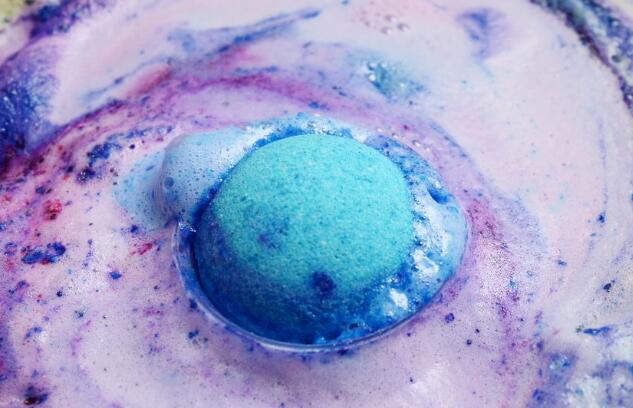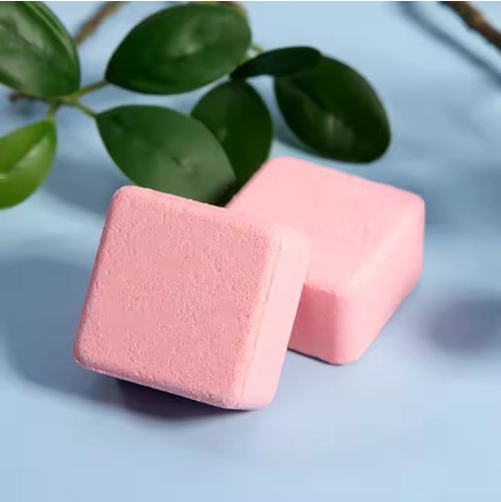What Is The Ideal Bath Temperature?
The ideal bath temperature is between 90° F and 105° F (32° C—40° C), which is just above the average body temperature.
And don’t worry—you don’t have to get a thermometer to measure the temperature. Simply hold your wrist, not your hand, in the water. If it feels comfortable, you’re in the right temperature range.
Does An Ideal Bath Temperature Have Health Benefits?
A warm bath has several health benefits, including better sleep, potentially lowering your blood pressure, and relieving stress (but you already knew that one).
If you’re active, a warm bath helps to relieve tired muscles, and some studies show that it may even improve your heart health. Learn more about the benefits of a warm bath and know that you’re doing good for your entire body next time you get in the tub!
What’s The Right Bath Water Temperature For Your Bath Bomb Soak?
Have you ever watched a bath bomb go wild in the tub, putting on a miniature fireworks spectacle? What makes some fizz and others fizzle out? Time to dive into the temperature connection.

A bath bomb’s fizz comes from a chemical reaction. Bath bombs contain sodium carbonate, a base, and citric acid, an acid. These two components start reacting when they are activated by water.
The hotter your bath water, the faster your bath bomb will fizz. Heat adds thermal energy to water, making individual water molecules bounce around like energetic toddlers.
These bouncing hot water molecules cause the basic and acidic components of the bath bomb to collide together more frequently than cold water molecules do. Hence, the increased thermal energy hastens the chemical reaction, making the fizz bomb bubble over fast.
Numerous science fair experiments have been conducted to connect bath bomb fizz to water temperature. You can watch a bomb’s fizz development based on water temperature in a visual experiment here.
Take note of the three water temperatures in the experiment. The hottest water is over 179 degrees Fahrenheit, which is way too hot to take a bath in. The warm water is just over 90 degrees Fahrenheit, which is more than 8 degrees below normal body temperature, so it’s too cool for a hot bath.
However, at the two-minute mark, the warm water’s fizz is just starting to bubble over, whereas the hot water is all fizzed out. The sweet spot for your luxurious bath is somewhere between these two temperatures.
Why Would The Bath Bomb React Faster In Hot Water?
The amount of energy the water contains. The easiest way to add energy to water is to heat it (thermal energy). The hotter the water is, the more the individual water molecules move around and collide.
The Perfect Water Temperature For A Bath Bomb Use
The ideal water temperature for using a bath bomb typically falls between 97°F (36°C) and 100°F (38°C). This range is warm enough to help the bath bomb dissolve fully and effectively release its aromatic oils and other ingredients. It also allows for the skin to absorb optimally moisturizing and nourishing components.
However, preferences may vary, and some individuals may enjoy slightly warmer or cooler water temperatures. It's essential to find the most comfortable and relaxing temperature while still allowing the bath bomb to work its magic.
Send Inquiry





